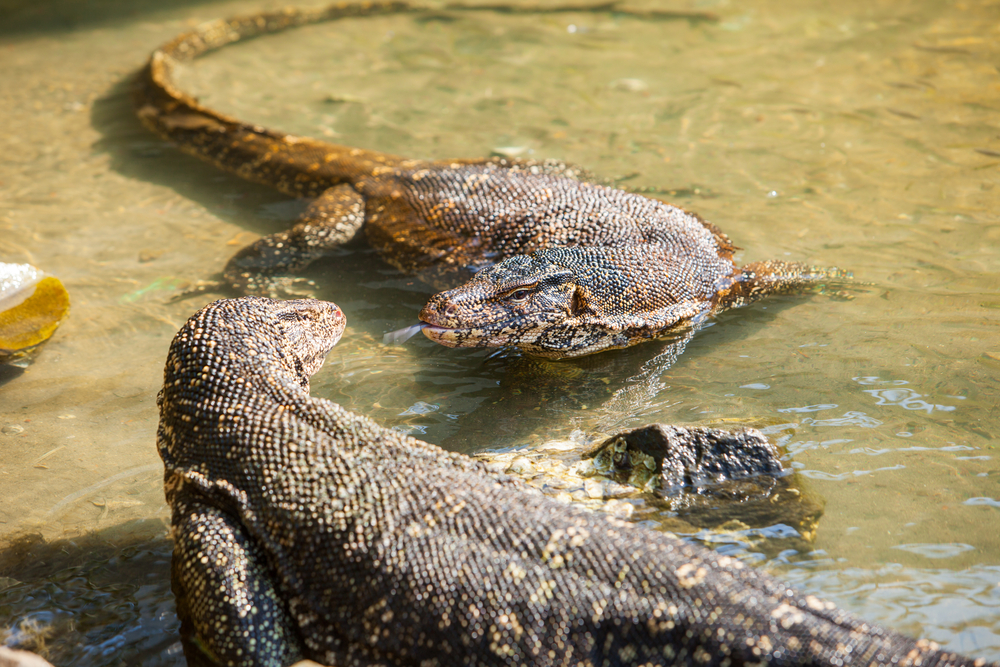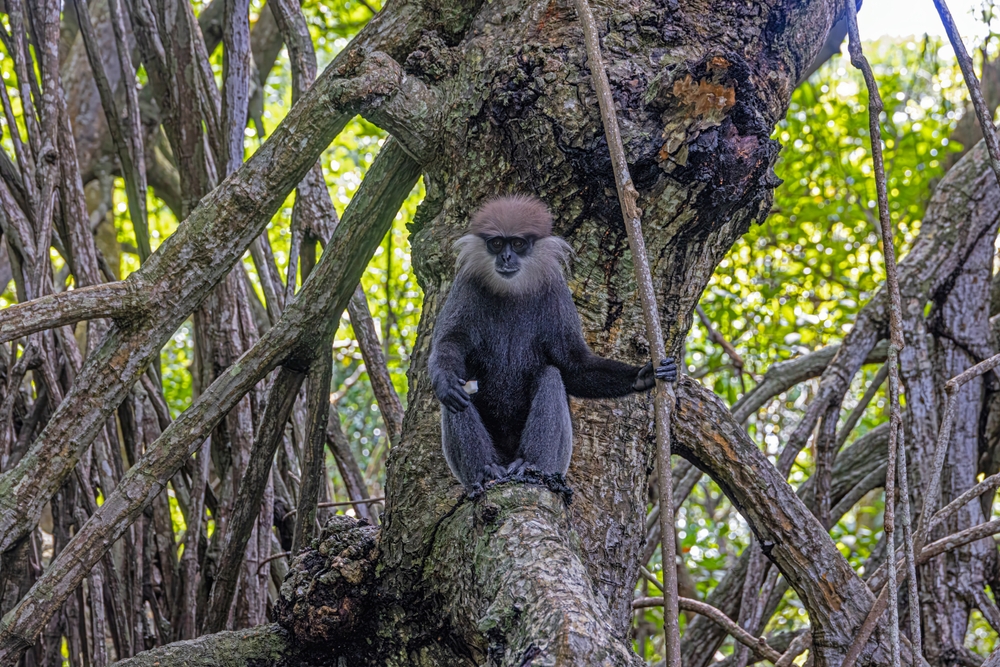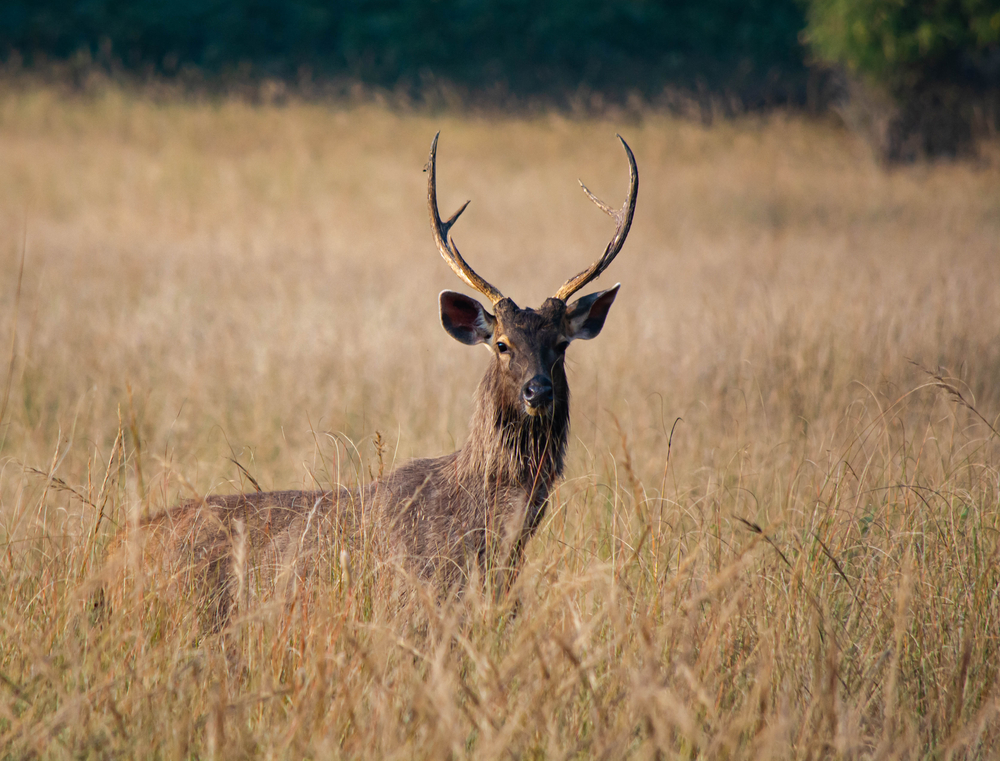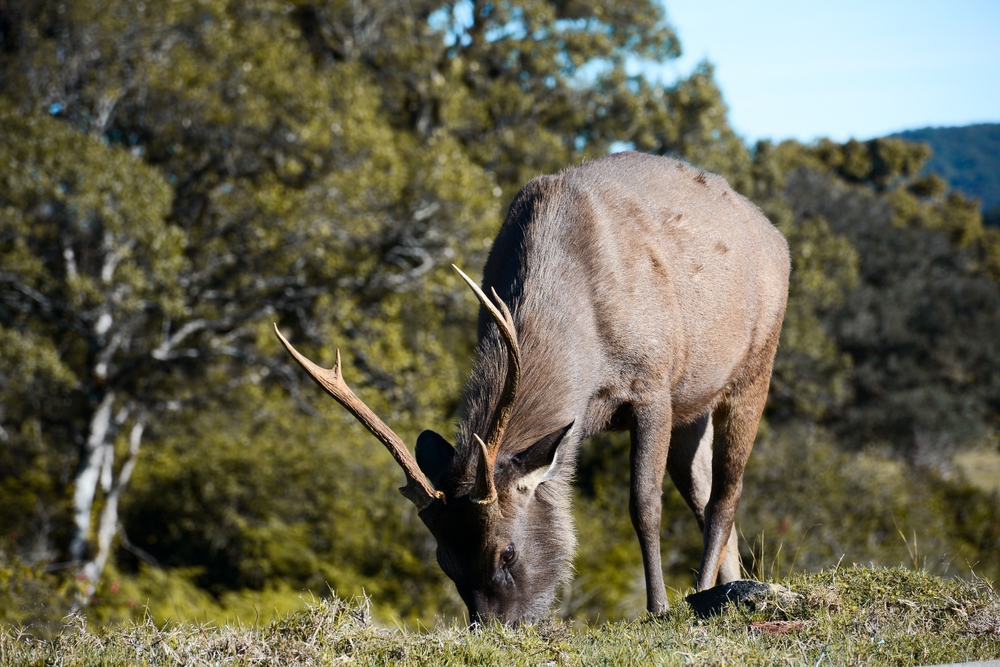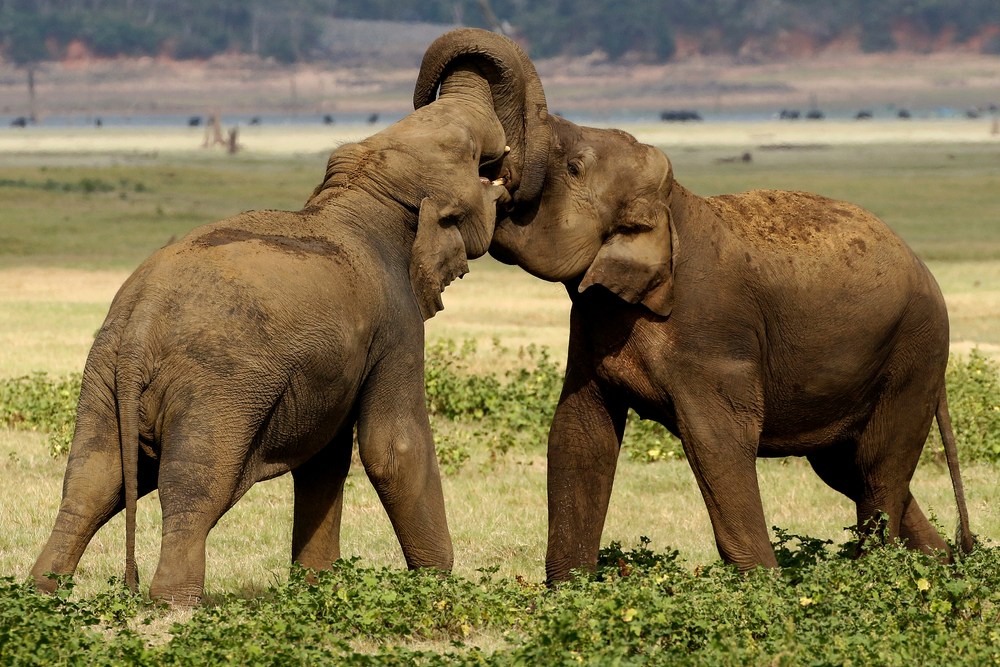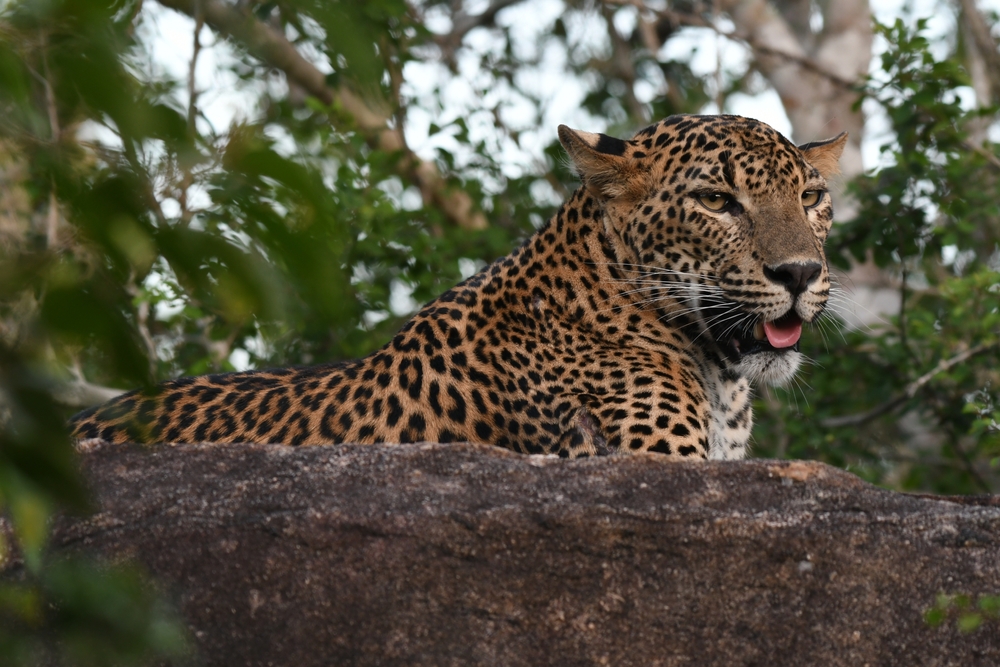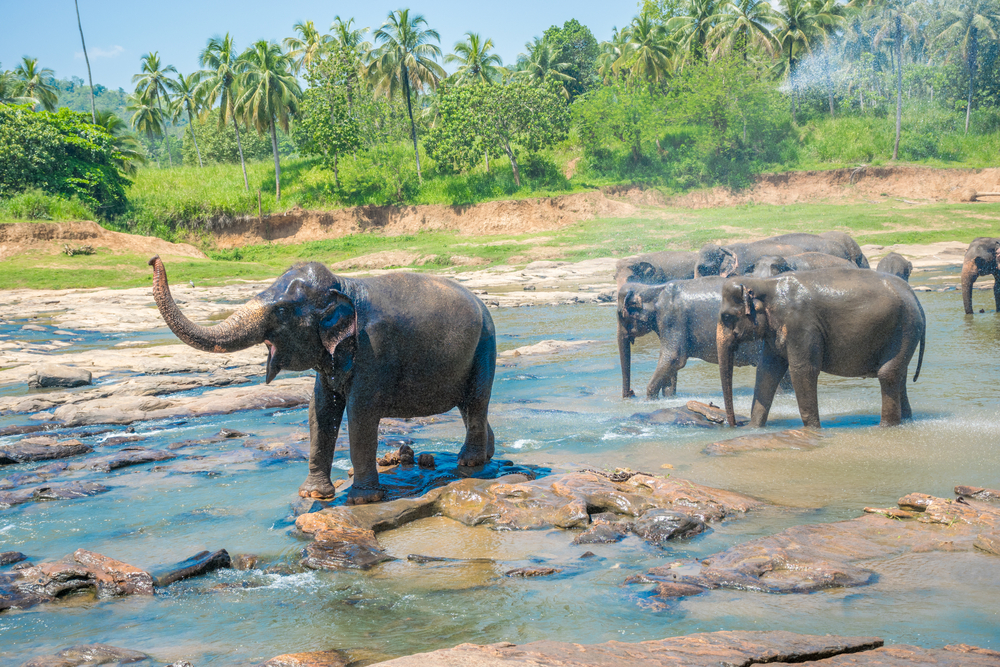Lahugala Kitulana Overview
Lahugala Kitulana National Park, locally known as ලහුගල කිතුලාන ජාතික උද්යානය, is a compact yet vital protected area in Sri Lanka’s Eastern Province. Covering an area of approximately 6.17 square miles (16 square kilometers), it is one of the smallest national parks in the country. Despite its modest size, the park plays a crucial role in the conservation of local wildlife and serves as a critical habitat for numerous species. Situated about 10 miles (16 kilometers) from Pottuvil and 204 miles (328 kilometers) from Colombo, the park lies along the route to the famous surfing destination of Arugam Bay.
The terrain of Lahugala Kitulana is predominantly flat, with a landscape dominated by dry monsoon forests interspersed with wetlands. Its centerpiece includes three shallow reservoirs: Lahugala, Kitulana, and Sengamuwa tanks, which serve as lifelines for both the park’s fauna and flora during the dry season. The park’s vegetation is a mixture of grasslands and scrub forests, with plants like beru grass and giant reeds flourishing around the reservoirs. These wetlands are particularly important as feeding grounds for the wildlife, making the park a hotspot for observing animals in their natural environment.
Lahugala Kitulana is best known for its elephants, with herds of up to 150 Asian elephants (Elephas maximus) frequently seen around the tanks, especially during the dry months when water and food become scarce in surrounding areas. These gentle giants are a primary draw for visitors, offering unparalleled opportunities for observation. The park is also home to an array of other mammals, including the elusive Sri Lankan leopard, sloth bears, and spotted deer. Birdwatchers will find the park equally rewarding, with a variety of avian species such as painted storks, herons, and egrets frequently spotted near the water bodies, along with vibrant kingfishers and Indian cormorants.
While the park does not boast dramatic mountain peaks or waterfalls, its serene reservoirs and the abundance of wildlife make it a tranquil and intimate setting for nature enthusiasts. Visitors often engage in wildlife safaris or birdwatching, either in guided jeeps or from designated viewing points near the reservoirs. The best time to visit is during the dry season, from May to September, when elephants congregate in large numbers around the shrinking water sources.
Conservation challenges at Lahugala Kitulana National Park include human-wildlife conflicts, particularly as elephants sometimes venture into nearby villages. Deforestation and agricultural expansion in surrounding areas also pose significant threats. However, the park’s management has implemented initiatives to mitigate these issues, including community education programs and reforestation efforts. The park’s status as a protected area under Sri Lanka’s Department of Wildlife Conservation ensures ongoing measures to safeguard its rich biodiversity.











































































